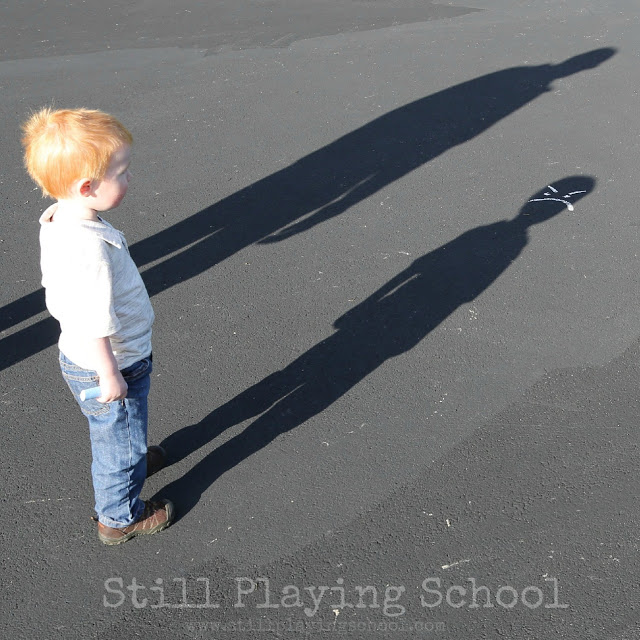
“I don’t like this!” This statement is one that children or youth might use during a heated game, when being asked to correct unwanted behavior or when plans change. For those children and youth who were looking forward to milestones like field days, end of school year celebrations, prom, or graduation, they have reason to believe that life can be sad, frustrating, and difficult.
The question is how do we, as nurturing adults, help young people cope with these emotions and equip them with the skills they need to be caring, connected, and capable adults? Any loss for a child or youth, such as a failing an exam, death of a pet, changes in family structure, or events from a disaster, can lead to a wide variety of feelings such as disappointment, sadness, loneliness, or anger. These feelings are common reactions to such experiences.
As caring adults, we can do the following to help young people cope.
Acknowledge feelings and allow youth to talk about their feelings and concerns. Let youth know that it is okay to be sad, scared or confused. Identifying and naming a feeling can be very helpful in trying to understand and make meaning of a situation.
Be a calm and reassuring presence. Remind youth that over time things will get better.
Help youth form positive coping skills by setting a healthy example of how to manage feelings like grief, anxiety, fear, or sadness. Teach young people that exercising, meditation, writing in a journal, engaging in a favorite hobby like art, cooking, gardening, or sewing are healthy ways to work through disappointment, loss, and grief.
Expressing gratitude for things that make life enjoyable is another way teach positive coping skills.
Create an environment where youth can interact with their peers. Using video conferencing, having telephone conversations, or writing letters are ways of connecting with peers. These connections can be helpful ways to provide emotional support for youth, especially for adolescents.
Simply, listen. If ever youth need adults to listen, it is now. Being able to talk about an experience can support making meaning of a situation which is an important part of grieving. Remember you don’t have to have all the answers. Silence is okay. Youth just need to know you care.
Sometime life can be difficult, unfair, and painful. While adults cannot prevent or change all these experiences, they can play a significant role in helping young people cultivate and practice skills that give them the ability to develop resiliency or the ability to overcome hardship. The Center on the Developing Child at Harvard University recommends that adults build supportive adult-child relationships to strengthen a young person’s resiliency. Taking the time to listen and communicate with young people, being a positive example of healthy coping skills, and simply just being a calming reassuring presence are action steps that adults can implement now. As adults, let’s take the time to prepare young people to become caring, connected, and capable adults.
For more information and resources about youth social emotional development in difficult times can be found at https://disaster.unl.edu/families , by contacting your local county Nebraska Extension office or emailing TLC@unl.edu.
DR. MICHELLE KREHBIEL, NEBRASKA EXTENSION 4-H YOUTH DEVELOPMENT, | UNIVERSITY OF NEBRASKA
Peer Reviewed by Linda Reddish, and Lynn DeVries, Early Childhood Extension Educators
Make sure to follow The Learning Child on social media for more research-based early childhood education resources!



 Young children go through a variety of emotions every day. Sometimes they have problems relating their emotions to their behavior and all adults see… is the challenging behavior that is exhibited!
Young children go through a variety of emotions every day. Sometimes they have problems relating their emotions to their behavior and all adults see… is the challenging behavior that is exhibited!
 Whining – it’s got to be the most aggravating thing a child can do. It definitely gets the attention of adults – parents and caregivers alike. And that’s why children whine – to get an adult’s attention!
Whining – it’s got to be the most aggravating thing a child can do. It definitely gets the attention of adults – parents and caregivers alike. And that’s why children whine – to get an adult’s attention! Did you know that a child’s social and emotional development is key to school readiness and overall healthy growth and development? As a parent of an infant, toddler or preschooler, you are your child’s first teacher on how to regulate and control their emotions. Young children look to you for guidance on how to respond when they are angry, happy, surprised, frustrated, fearful and so forth. In early childhood education, we refer to this as helping young children to develop emotional literacy.
Did you know that a child’s social and emotional development is key to school readiness and overall healthy growth and development? As a parent of an infant, toddler or preschooler, you are your child’s first teacher on how to regulate and control their emotions. Young children look to you for guidance on how to respond when they are angry, happy, surprised, frustrated, fearful and so forth. In early childhood education, we refer to this as helping young children to develop emotional literacy.